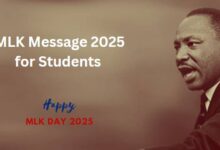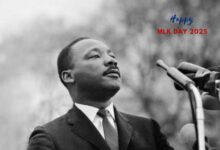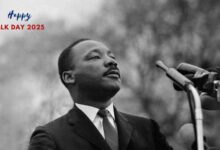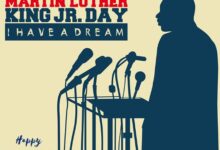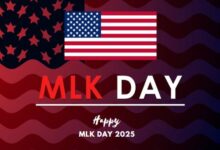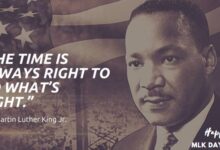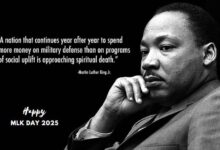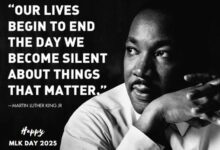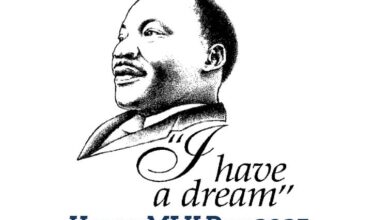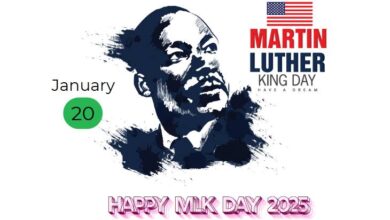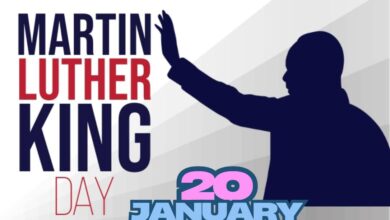MLK Message 2025 for Students
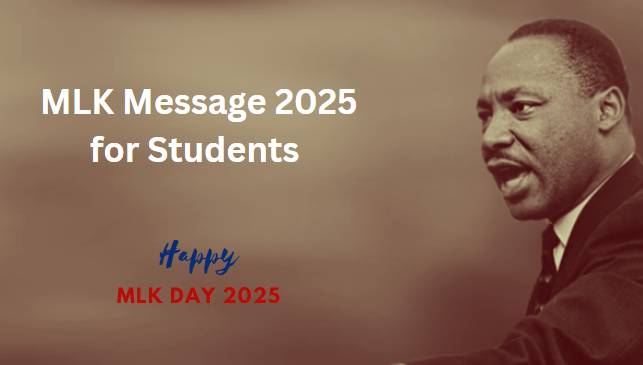
Martin Luther King Jr.’s life and work continue to inspire students across the globe. His unwavering commitment to equality, justice, and nonviolence not only shaped the Civil Rights Movement of the 1960s but also left an enduring legacy that challenges every new generation to carry his dream forward. As we step into 2025, it’s an important moment for students to reflect on MLK’s key messages and what they mean in today’s world. What does it take to fight injustice? How can young people make Dr. King’s dream of equality and unity a reality in their communities? This blog explores MLK’s timeless messages and how students can put them into action right now.
The Power of a Dream
At the heart of Martin Luther King Jr.’s legacy is his “I Have a Dream” speech, proclaimed during the 1963 March on Washington. For students, this iconic message remains an inspiring call to action. At its core, King’s dream was about unity—creating a world where individuals “will not be judged by the color of their skin but by the content of their character.”
What does the “dream” mean for students in 2025?
The dream resonates as strongly today as it did over six decades ago. However, achieving it requires acknowledging the challenges modern society faces:
- Racism still exists in communities, highlighting the need for advocacy.
- Equality in education and opportunities remains a battle.
- Discrimination is felt in new ways internationally, especially online.
MLK’s dream encourages students to challenge these obstacles proactively. It asks young people to imagine a fairer world and take steps to build it—whether standing up against injustice in a local community or supporting broader global causes for equity.
Nonviolence as a Solution
Dr. King’s philosophy of nonviolence is another key aspect of his enduring influence. He reminded the world that battles against injustice could be fought without weapons. This principle is still relevant today, as students find themselves tackling issues like bullying, social inequity, and political discontent.
How can students implement nonviolence?
Nonviolence is more than passive resistance—it’s about tackling disagreement and injustice with strength and compassion:
- Educate and Inform: Speak up against misinformation and stand for what’s right in both your immediate circle and the wider world.
- Collaborate, Don’t Confront: Build relationships with others who strive for justice; collective action achieves more than combative methods.
- Organize Peacefully: From peaceful protests to social media campaigns, civil conversation and collaboration preserve dignity while amplifying messages of change.
Courage to Confront Inequality
One of MLK’s central messages was that real change requires bravery. Whether it was marching in Selma, being arrested for his beliefs, or delivering powerful messages to hostile audiences, Dr. King modeled the kind of courage necessary for dismantling systems of inequality.
Cultivating bravery to stand for change
For students in 2025, showing courage may not always equate to grand gestures; sometimes, small acts can be deeply impactful:
- Challenge Prejudice in Your Circle: If someone uses hurtful stereotypes or unfair opinions, kindly but firmly educate them.
- Be an Ally: Stand up for classmates or community members who experience discrimination, and make space for their voices to be heard.
- Engage in Difficult Conversations: Whether online or in person, discuss injustice with sensitivity and confidence to help create better understanding.
Education as the Path Forward
MLK believed that education is the foundation of empowerment, calling it “the most powerful weapon…to change the world.” To young people, this message is a reminder of the vital role knowledge plays in building a just society. By educating themselves about history, current events, and solutions to systemic issues, students gain the tools they need to lead change.
Turning education into action
- Learn from History: It’s essential to understand past injustices to avoid repeating them. Study everything from the Civil Rights Movement to global human rights movements.
- Stay Curious: Don’t shy away from challenging topics such as systemic racism or economic inequality. Engage with books, podcasts, and discussions to broaden perspectives.
- Share Knowledge: Use social media platforms, blog posts, or student organizations to share what you’ve learned and inspire your peers to get involved.
Building Safe and Inclusive Communities
For MLK, segregation was a barrier to social progress. He dreamed of a world where people from all walks of life could meet as equals, collaborate, and thrive together. Today, students have the power to embody inclusion in their schools and communities by creating safe spaces where everyone feels they belong.
How students can promote inclusion
- Celebrate Diversity: Launch initiatives to celebrate various cultures, languages, and perspectives in your school or local group.
- Be a Model of Kindness: Small, meaningful actions like offering friendship to a new student can make a big difference.
- Advocate for Fair Policies: Push for changes at your school or campus that reduce barriers to inclusion, such as accessible facilities or new diversity-inclusion programs.
